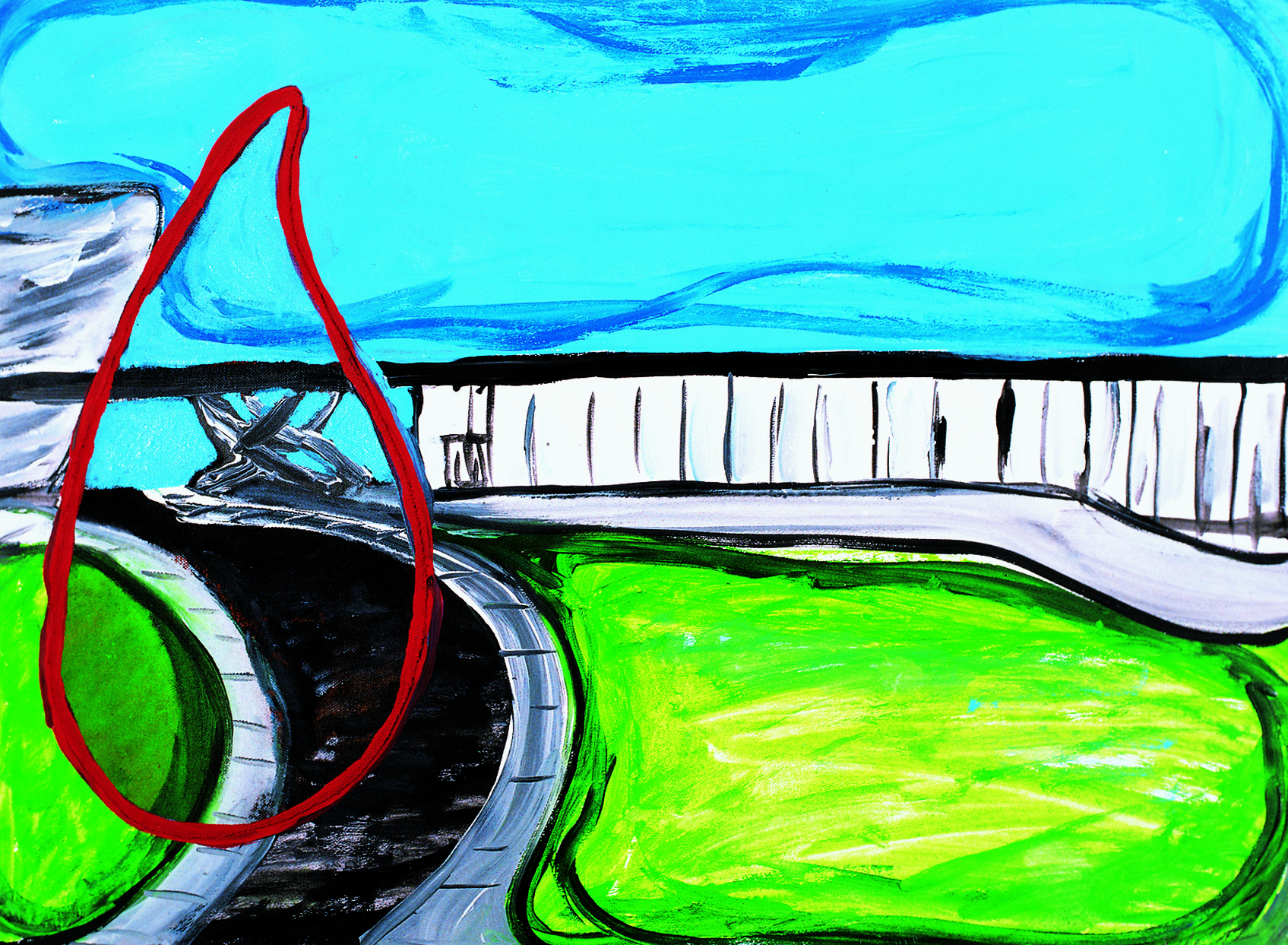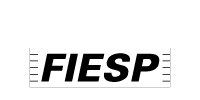
credits: Leda Catunda, MAM, 1998. Photo: Romulo Fialdini
For much of history, the faithful representation of nature was regarded as the unquestioned purpose of art. The modernist avant-garde and contemporary artists, however, rejected this prescription and proposed new ways of imagining and reflecting on our relationship with the natural world and its elements. Victor Brecheret and John Graz, for instance, depict figures using compact volumes and drawings that evoke natural forms without imitation, preferring instead to highlight their most significant features. Siron Franco’s sculpture perfectly replicates all the physical aspects of a cocoon, and yet the similarity is undermined by the unnaturally exaggerated size. Raoul Dufy’s painting and the prints of Oswaldo Goeldi and Carlos Vergara present highly expressive images. In Dufy’s work, vibrant brushstrokes give form and movement to a static vase of flowers. In Goeldi’s woodcuts, the lines and patches of color create an air of mystery and melancholy, while Vergara’s use of iron oxide to print an image of a fish cannot fail to remind us of the insalubrious environmental conditions under which many such creatures are currently forced to live. Haruka Kojin and Ione Saldanha combine synthetic colors with the aesthetic power of natural elements to create abstract works. Similarly, Leonilson’s painting appropriates the physical characteristics of a river as metaphors for emotional states, transforming the objectivity of nature into a conduit for subjectivity. (G.G.)










